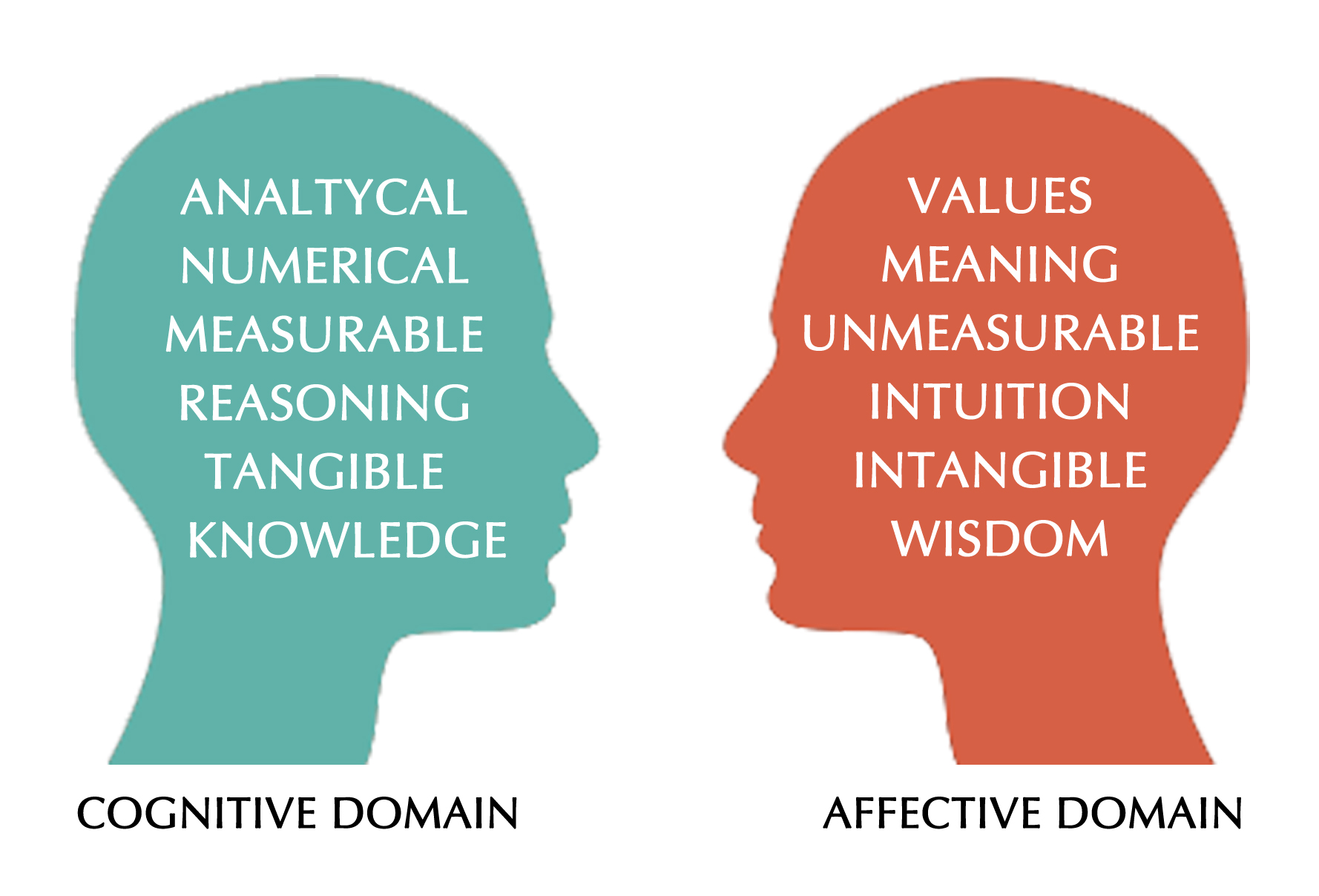Hyperlinks/videos
The Kliewer reading reminded me of a documentary that I had watched in a social work class, which I think everyone should watch at some point. The film is called Wretches and Jabberers, and it is about two men with autism who communicate through typing and become global advocates for changing the perception of disability. Although the reading and the documentary focused on different disabilities, the messages are quite similar. Both talk about how people with disabilities have strengths and are no less intelligent than peers, despite not meeting certain markers. Here is a clip of the two men speaking to an audience of teachers:
The Kliewer reading reminded me of a documentary that I had watched in a social work class, which I think everyone should watch at some point. The film is called Wretches and Jabberers, and it is about two men with autism who communicate through typing and become global advocates for changing the perception of disability. Although the reading and the documentary focused on different disabilities, the messages are quite similar. Both talk about how people with disabilities have strengths and are no less intelligent than peers, despite not meeting certain markers. Here is a clip of the two men speaking to an audience of teachers:
Shoshone school, which Kliewer discusses in his piece, seems excellent, so I wanted to find more examples of similar schools. I did not get a whole lot of results, but I did find this video of an elementary school in the U.K. for a series called "Inclusion Working in 2015." It isn't perfect or in accordance with the ideas of all our other authors, there are some charity-esque elements and the school is almost entirely white, but it is a pretty great example of inclusion of students with disabilities.
In an earlier post, I talked about how Best Buddies sometimes felt more like charity than change, but after reading this text, I revisited their website. I am not sure if the group at my school is taking the same approach, but there does seem to be a lot of change-oriented resources and content, especially regarding employment and inclusive language. Here is a link to their “Advocate” page under the “Take Action” tab. The organization in some ways aligns with Kleiwer, because they recognize the strengths in people, try to change perceptions of disability, and provide a space for both self-advocacy and advocacy by others for inclusiveness in our society. However, Kleiwer discusses redefining citizenship while Best Buddies seems to try to prove that we should not have to.
As a final note, here is a video created by Megan Bomgaars, a person with Down Syndrome, that is really powerful, and demonstrates points laid out by Kliewer (and Oakes!).









